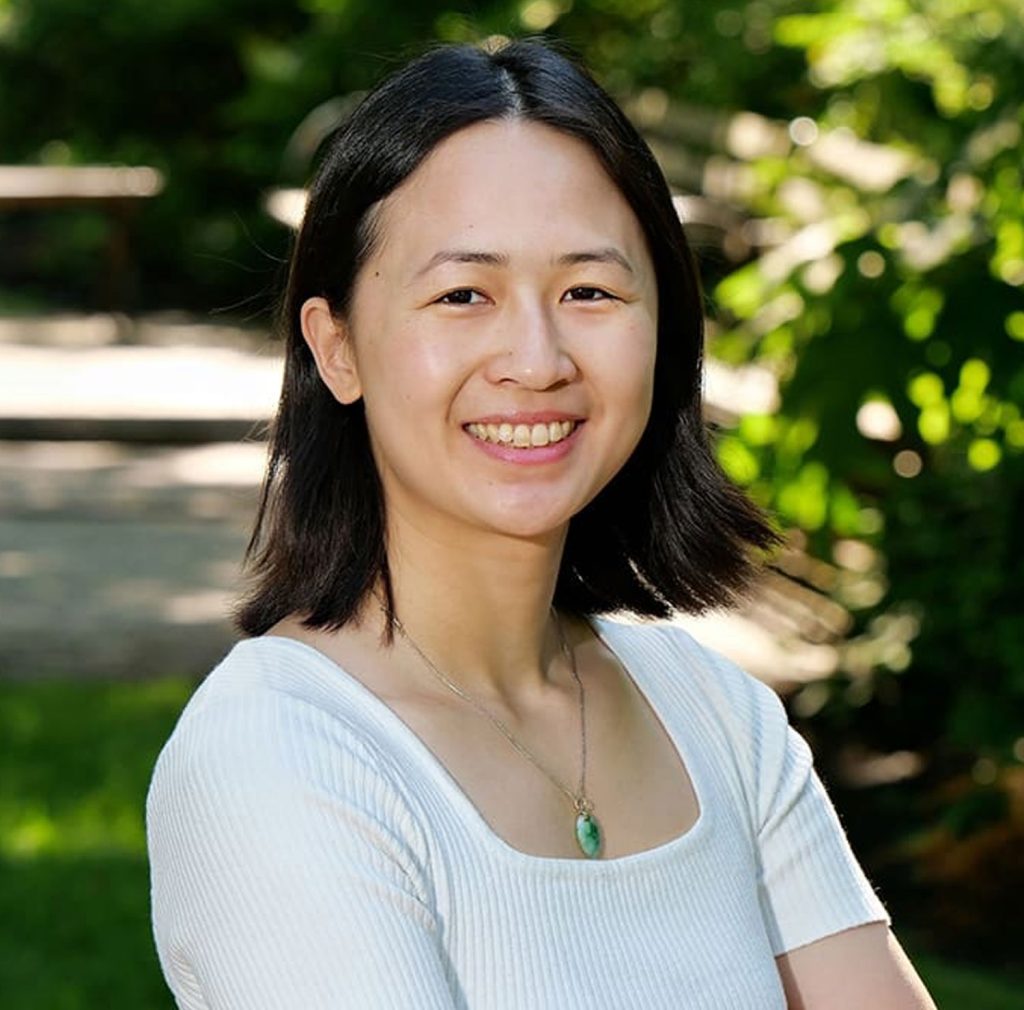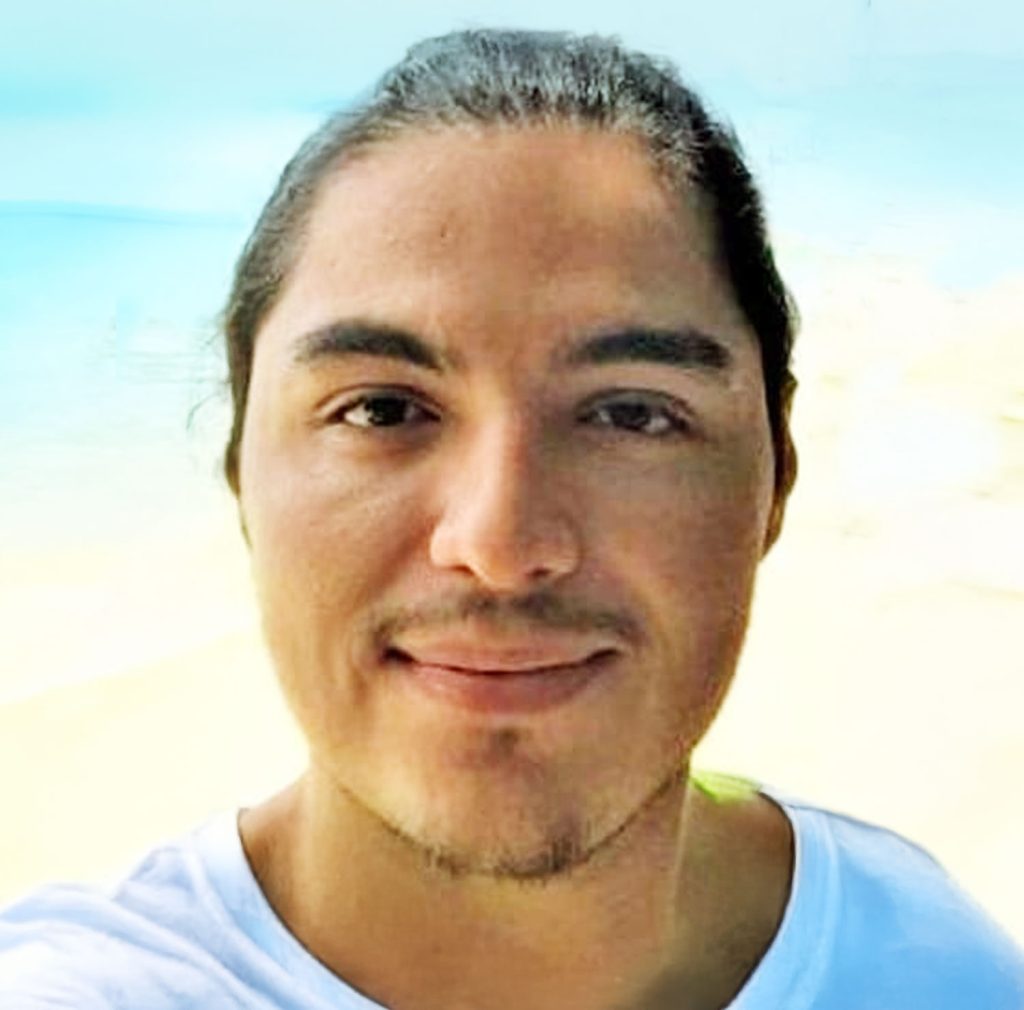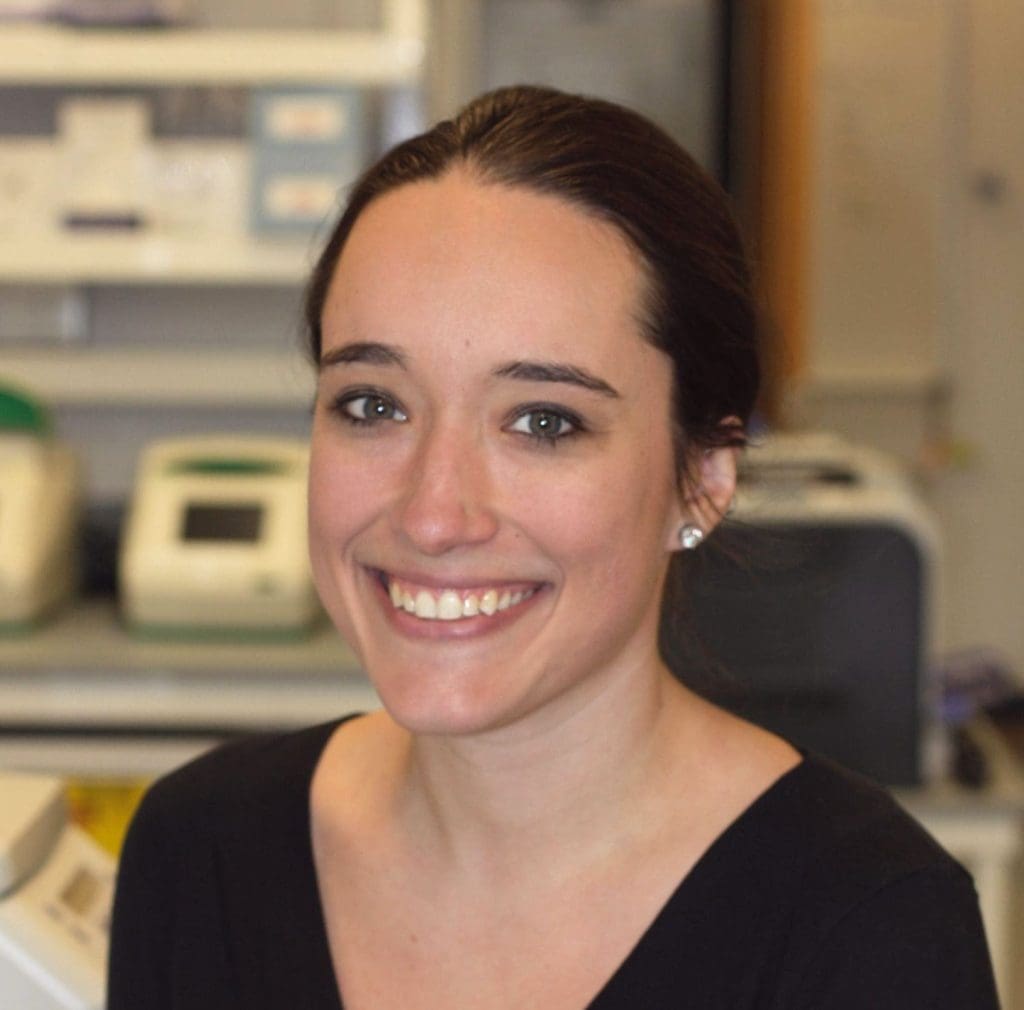My project and lab I investigated how light affects glucose homeostasis through the sympathetic nervous system, using mouse models in Rejji Kuruvilla and Haiqing Zhao’s lab. This interdisciplinary project combines skills of both metabolism and neuroscience. I raised the mice under constant dark conditions and conducted various metabolic tests. I discovered that a lack of […]
My area of research My PhD utilized tools from cell biology, molecular biology, and biochemistry to investigate development under favorable and unfavorable conditions in C. elegans. I worked in John Kim’s lab. During my PhD, I worked on the regulation of microRNAs during development and environmental stress in C. elegans. While most research is done under standard laboratory conditions, […]
I studied human genomics and evolution in Rajiv McCoy‘s lab using computational methods. This was a pretty big change from my undergraduate research, where I worked entirely at the bench on yeast cell biology and didn’t know how to code at all. Part of the reason why I chose to come to CMDB was that […]
Diego Rivera Gelsinger, PhD ’20, is now a postdoctoral researcher at Columbia University in New York. During his time at JHU, he studied how life can live on little water. Extreme measures Chile’s Atacama Desert is one of the driest places on earth. It averages 15 millimeters—about half an inch—of rain a year. Some weather […]
Colors matter to fifth-year Johns Hopkins Ph.D. student Sarah Hadyniak. And what especially matters to her is the order in which they develop—and why that’s potentially important to treat health disorders affecting vision. Humans have trichromatic color vision, which comes from the presence of three types of cone cells in the eye’s retina. These cone […]
Aurelia Mapps studies satellite glia, the “babysitters” of our sympathetic nervous system Most of us know the nervous system as the electric wiring of the body. Its cellular unit, neurons, transmit chemical signals to other neurons. But neurons also have support cells, called glial cells, or glia, from the Greek word for “glue,” suggesting they […]





